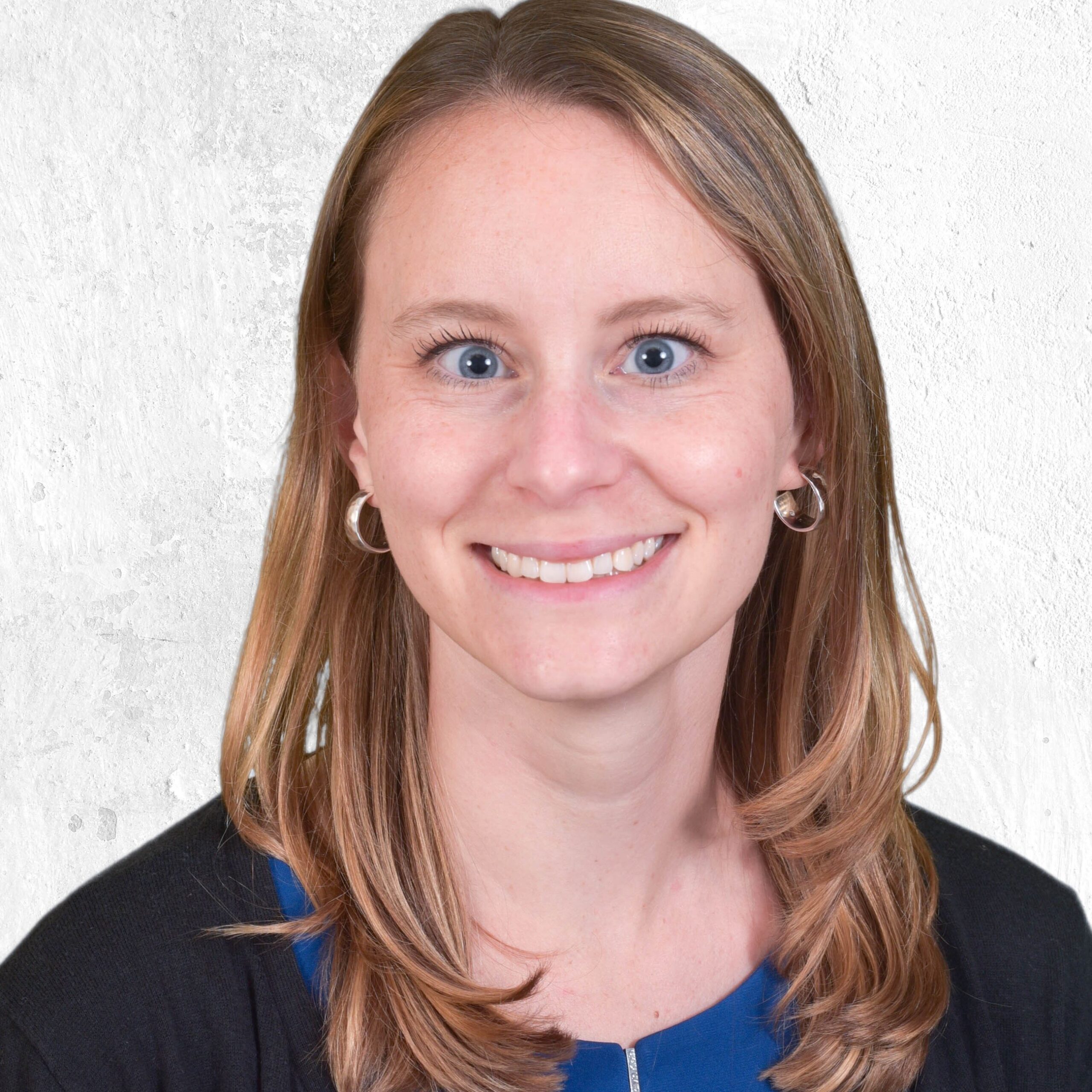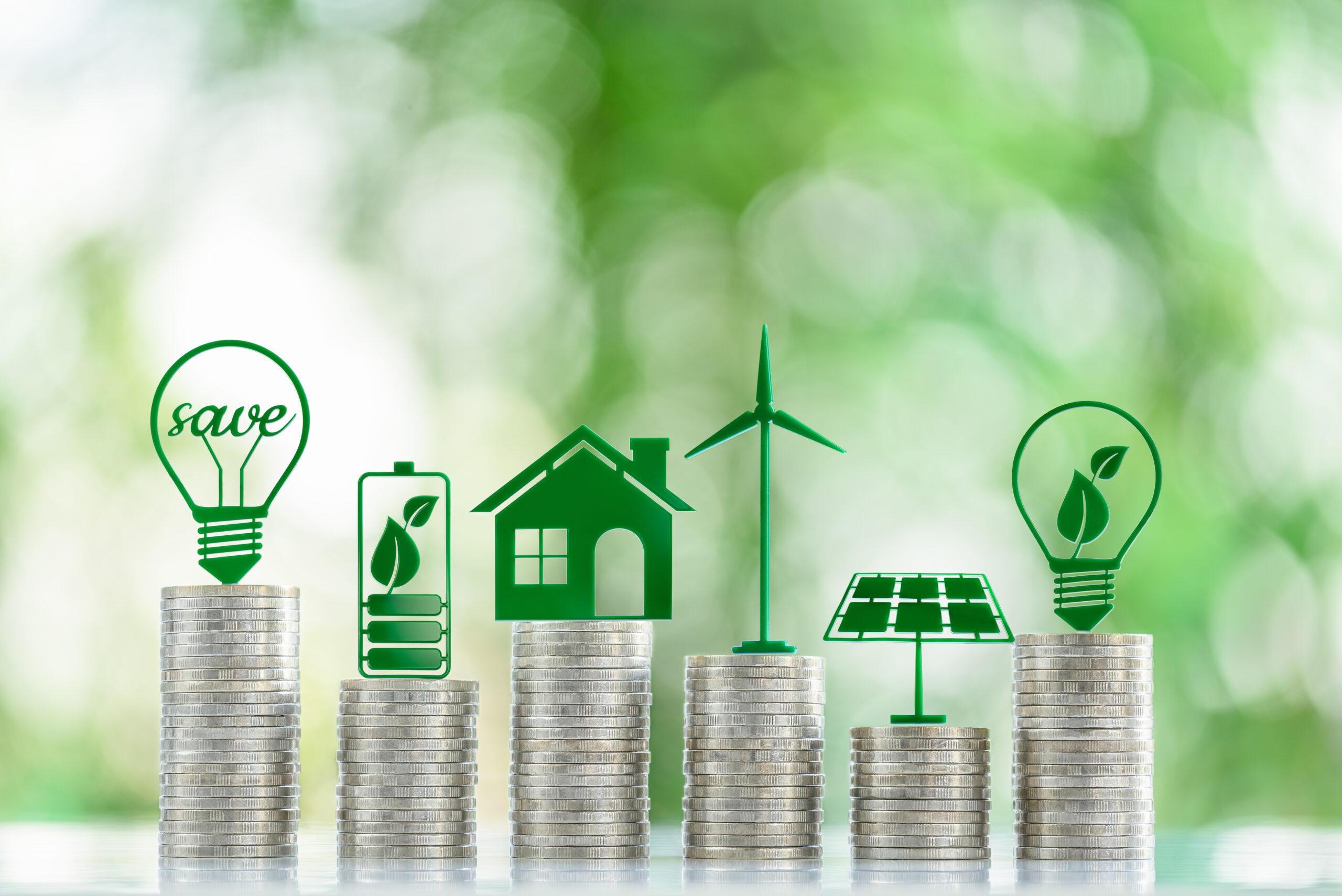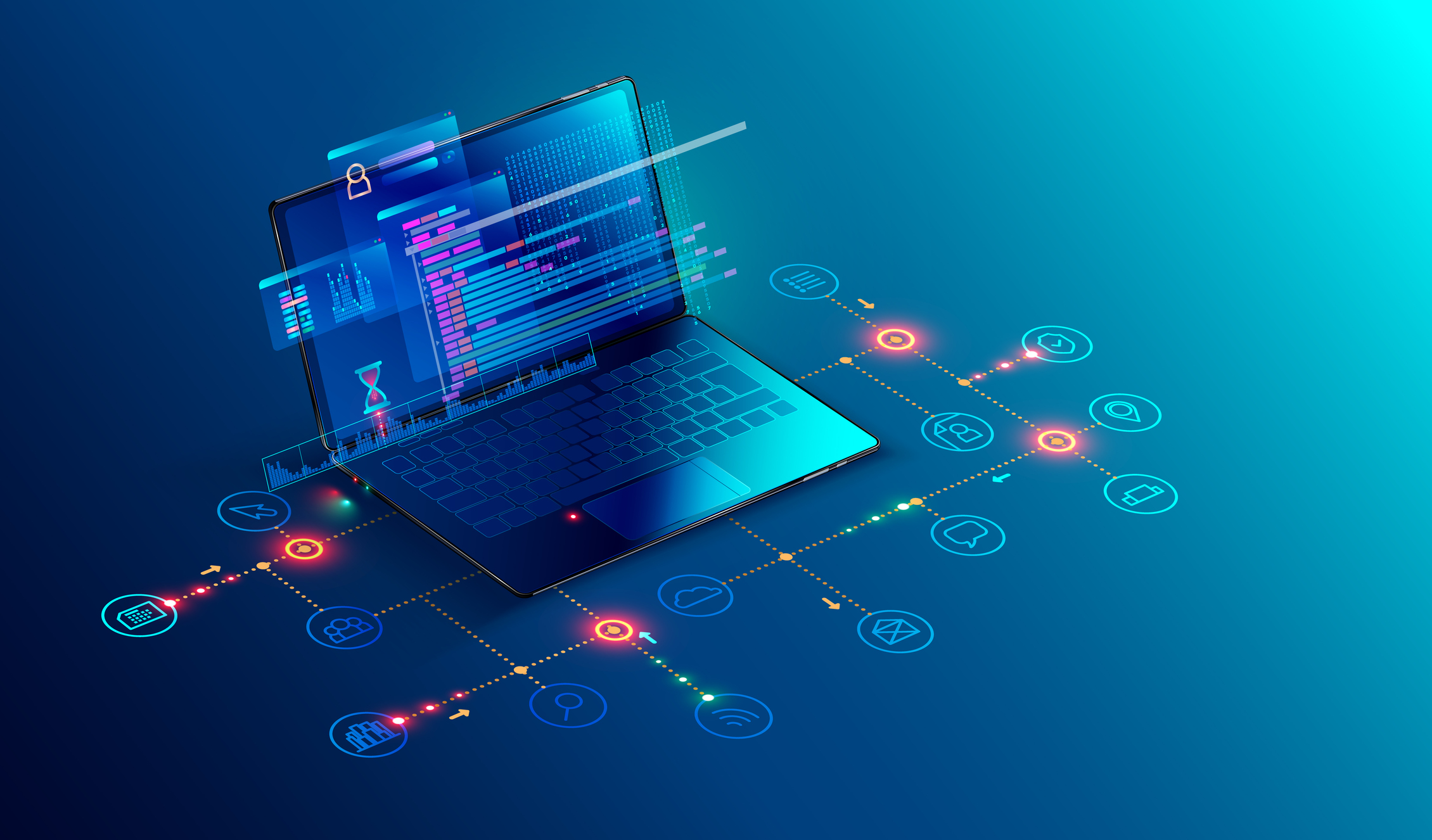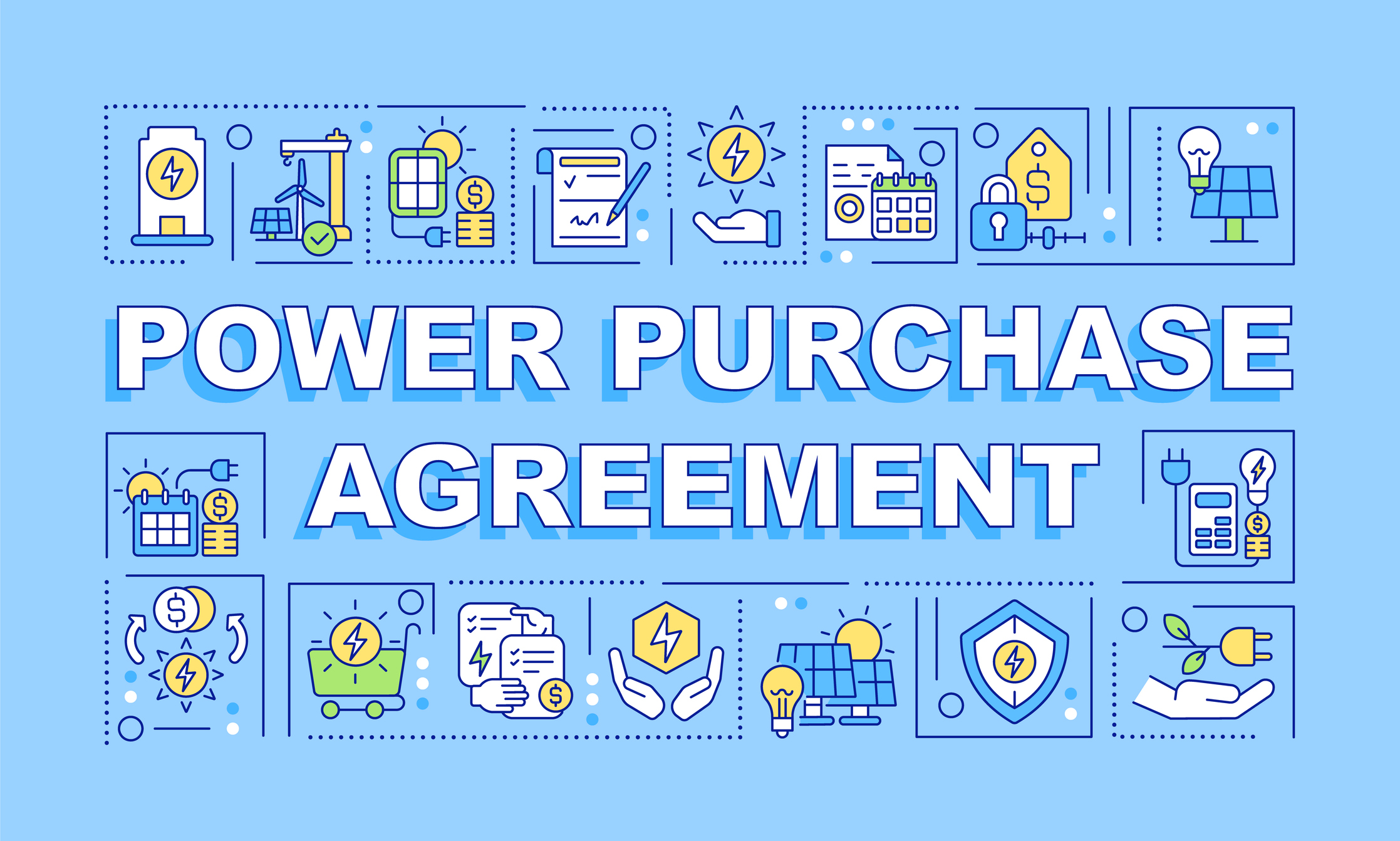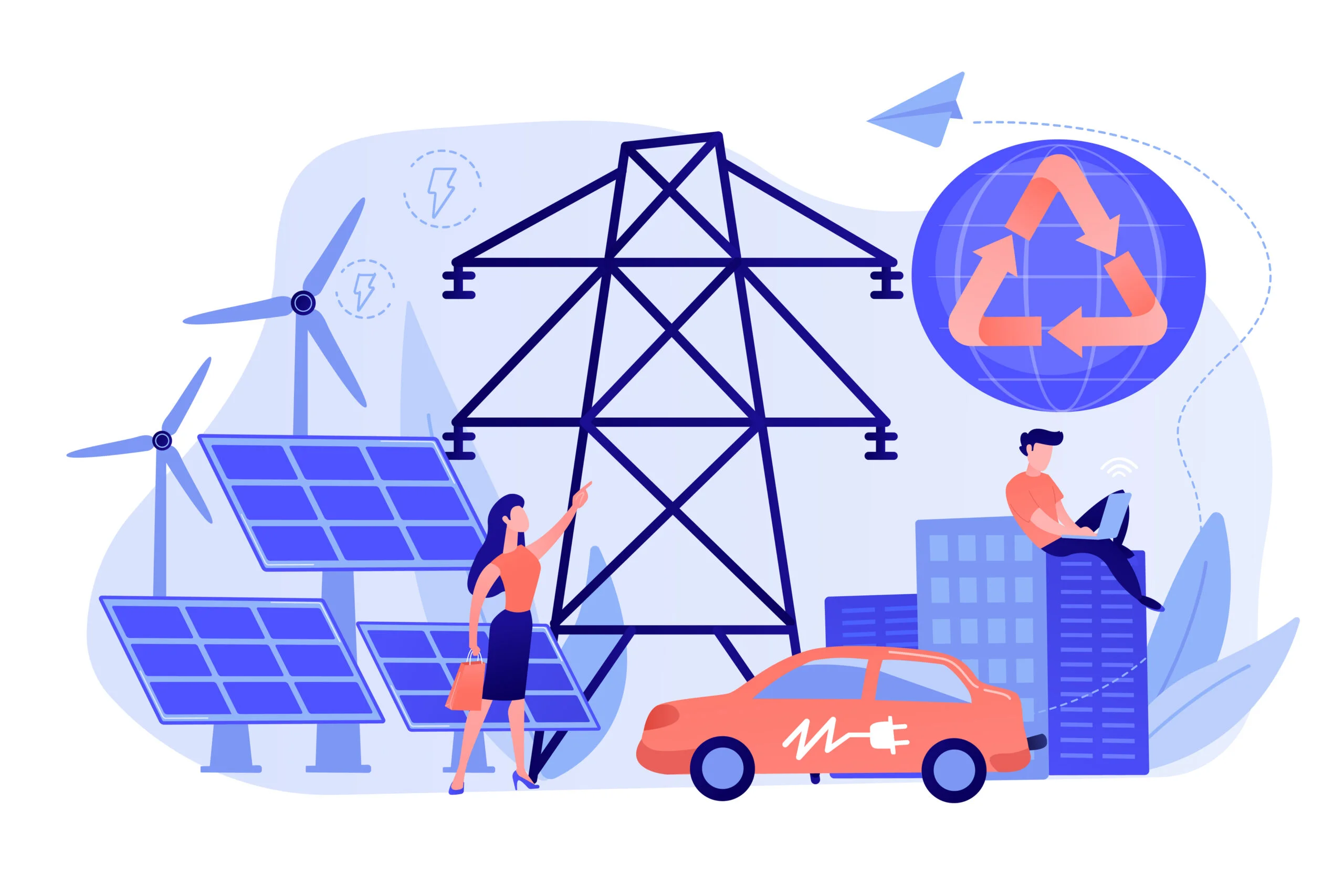Electric utilities are facing unprecedented challenges to meet an evolving public demand. Investments in the distributed generation market indicate an uptick in distributed energy resource (DER) market adoption, including, but not limited to increases in electric vehicle (EV) manufacturing and the associated charging and infrastructural needs, greater battery and solar adoptions, and smart thermostat market growth. While altogether, these elements present an existential challenge to meet demand, they, in turn, provide opportunities for demand flexibility initiatives like demand response, conservation strategies designed to lower energy consumption during peak periods of demand. Encouraging demand response program enrollment and participation is critical to defray the high energy costs associated with peak demand needs, helping to keep customer energy rates lower while increasing grid resiliency.
What Motivates People To Participate In A Demand Response Program?
Whether launching a new demand response (DR) program, expanding an existing program, or just trying to understand how best to connect and engage with customers, understanding the reasons why people enroll and participate is critical information for utility program managers. Understanding customer motivations can help enroll new customers, educate existing customers more effectively, and improve customer satisfaction and participation. As opportunities for demand response grow, knowing what matters to customers and why they choose to enroll in these programs is valuable information for utilities and implementers looking ahead at what’s next.
Incentives
Program incentives are the most straightforward and tangible motivator for customers who enroll in a demand response program. These are most impactful for commercial and industrial DR programs, which tend to have larger incentives but are still a primary driver for residential programs. While incentives almost always play a role in customer participation, they become increasingly important as a program scales. The first people to enroll in a DR program are typically those who are interested in demand response for other reasons (more on these customers later). Once these early adopters have enrolled, the remaining customers in a utility’s service territory may be driven more by financial incentives than by other factors.
Desire to Help
Outside of receiving incentives, some people who enroll in demand response do so because they feel it’s something they can do to help their community. This type of motivation typically falls into two categories:
- People who are more focused on sustainability and the environmental benefits of demand response,
- People who want to act as part of a larger system to help stabilize the grid and prevent outages.
Many utility customers may fall into both of these categories. Different types of messaging focused on one of these benefits or the other can help to target slightly different groups of customers, but for both, the primary underlying motivation is a desire to help and a sense of community.
For utilities and program implementers, there is a lot of room to better educate customers about the environmental and grid benefits of demand response. While this is a motivator for people who already have a basic understanding of how the energy system works, the majority of utility customers don’t fully understand how DR ultimately leads to emissions reductions and grid stabilization. Utilities and program implementers can consider using existing forms of customer outreach – such as email newsletters or social media – to run demand response customer education campaigns as a way to increase customer understanding and engagement of DR programs.
Excited About Smart Technology
Some people enroll their devices in demand response programs purely out of interest in the capabilities of their smart devices. These represent the early adopters of DR-enabled technologies, such as smart thermostats, wi-fi connected Level 2 EV chargers, home batteries, and more. Smart home technology is a growing market and offers opportunities for utilities to increase engagement with their customers and spark interest in programs like demand response. Compared to older technology, these devices have added functionality including but not limited to demand response, and enthusiastic users want to take advantage of these added features.
To reach customers who fall into this category, co-marketing a demand response program at the point of equipment purchase can be very useful. When looking at a new device, customers are considering different options for what to purchase, and DR-enabled equipment may be an additional selling point, especially when paired with a program enrollment incentive.
Other Financial Benefits
It is somewhat common for demand response participants to report bill savings as a motivator for enrolling in the program. While customers’ energy usage is reduced during an event, any pre-conditioning for the event as well as restoring normal system function after the event often zero out any reduction in energy use overall. For customers on a time of use (TOU) rate, demand response may prove effective in shifting some of their energy consumption to off-peak hours, and this does result in bill savings for these customers. Generally, though, where residential customers are not on TOU rates, bill savings remain a perceived rather than an actual benefit of program participation.
Demand response programs do, however, offer several sources of financial benefit, in addition to the incentives participants receive upon enrolling. These include any ongoing participation-based incentives; the potential for overall lowered energy rates over time; and ancillary benefits of installed equipment. For example, customers who enroll a water heater control device in a DR program also benefit from the added fault and leak detection capabilities offered by these devices, which represent significant potential savings on repair costs. Additionally, replacing traditional thermostats with smart thermostats has been shown to help people save on their energy bills by better optimizing energy use, even absent participation in demand response.
Customer Motivations & Demand Response Conclusion
Utility customers are driven by a variety of factors in their decision to enroll in a demand response program. These motivations can shift over time, both as a program matures and as additional customers become harder to reach. Gaining a better understanding of what customers care about and what drives participation in demand response can help utilities and implementers not only grow but future-proof their programs.
